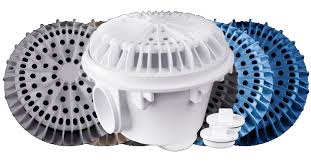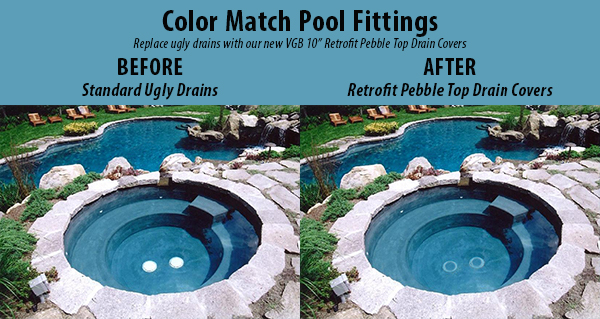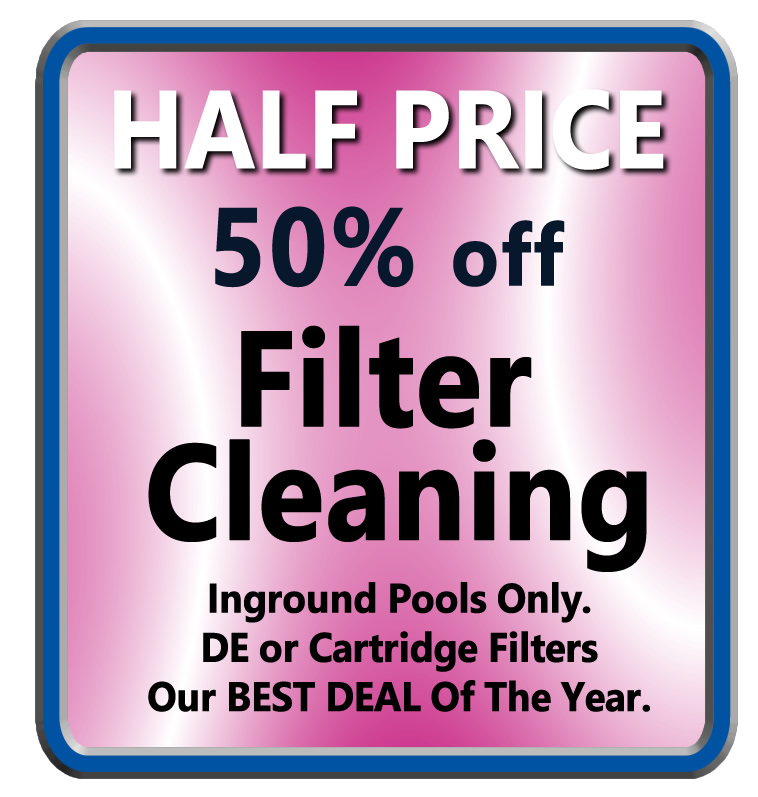Pool Drain Safety Alert!!! Is Your Pool SAFE For Kids?
Is your pool safe and compliant with the VGBA (Virginia Graeme Baker Act) which covers pool suction safety to avoid fatal accidents? Tropical Pool Service wants to keep your family and guest safe and we can tell you with a FREE consultation. Read on to learn why this is critical.

The Virginia Graeme Baker Pool and Spa Safety Act (VGB Act) is a U.S. federal law designed to prevent accidental drowning, particularly for children, by improving pool and spa safety. It was named after Virginia Graeme Baker, a young girl who tragically drowned in 2002 due to suction entrapment in a hot tub.
Why Is Drain Safety Important?
Understanding Your Drains
For public pool owners, compliance with the VGB Act is legally mandatory. Failing to comply not only risks legal penalties but also endangers the safety of pool users. Even for private pool owners, adopting similar safety measures can significantly reduce the risk of accidents, especially involving children.
The Act highlights the importance of pool safety, raising awareness among pool owners, operators, and the general public about the dangers of suction entrapment and the necessity of implementing preventative measures.
What Drains Are Unsafe?
Pool drains can pose serious hazards, particularly to children, due to the risk of suction entrapment. Suction entrapment occurs when a body part, clothing, or hair becomes stuck against a drain due to the powerful suction of the pool’s pump system. The following types of pool drains are considered unsafe for children: LOOK AT OUR LIST BELOW.

Importance Of VGA Drains
Pool drain-related deaths, while relatively rare, are highly tragic and preventable. They typically involve suction entrapment, where a person—often a child—is trapped by the powerful suction of a pool or spa drain. These incidents can lead to drowning, severe injury, or even death.
Frequency:
-
- According to the U.S. Consumer Product Safety Commission (CPSC), from 1999 to 2008, there were 94 reported incidents of pool and spa drain entrapment. Of these, 12 were fatal, and many involved children.
Pool drains can pose serious hazards, particularly to children, due to the risk of suction entrapment. Suction entrapment occurs when a body part, clothing, or hair becomes stuck against a drain due to the powerful suction of the pool’s pump system. The following types of pool drains are considered unsafe for children:

1. Single Main Drains (Flat or Uncovered)
- Risk: Single main drains, especially those with flat, outdated covers or without covers at all, are extremely dangerous. The suction force from a single drain can trap a child’s body, clothing, or hair, leading to drowning.
- Example: A flat drain cover that does not distribute the suction force evenly or lacks an anti-entrapment design.
2. Old or Non-Compliant Drain Covers
- Risk: Older drain covers that do not meet the safety standards established by the Virginia Graeme Baker Pool and Spa Safety Act (VGB Act) are dangerous. These covers may not be designed to prevent entrapment.
- Example: Drain covers installed before the VGB Act was passed (2008) and that haven’t been updated may have large openings or a design that allows for high suction at a single point.
3. Drains Without Anti-Vortex or Anti-Entrapment Features
- Risk: Drains that lack anti-vortex or anti-entrapment features can create a powerful suction force that can trap a child. Anti-vortex features help to disperse the suction force, reducing the risk of entrapment.
- Example: A traditional domed drain cover without anti-entrapment ridges or slats that guide water flow away from the drain.
4. Multiple Drains Not Properly Spaced
- Risk: Even if there are multiple drains, if they are not properly spaced apart, they can create a combined suction force that is strong enough to cause entrapment.
- Example: Two drains placed too close to each other, creating a high suction zone between them.
5. Drains Connected to a Single Suction Pump
- Risk: When multiple drains are connected to a single suction pump without proper safety measures, the suction force can still be strong enough to cause entrapment.
- Example: A pool with several drains, all feeding into one powerful pump, increasing the risk of concentrated suction force at one point.

